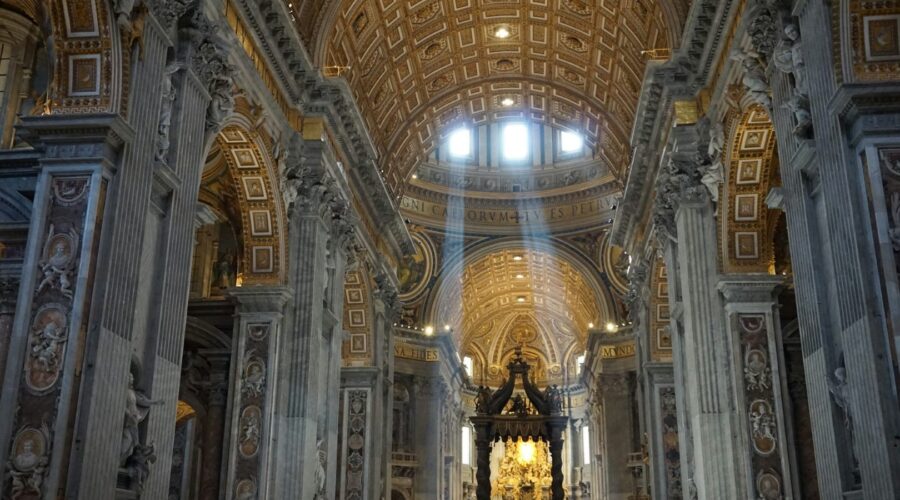Origins and History
The Armenian Apostolic Church traces its roots to the apostles Thaddeus and Bartholomew, who brought Christianity to Armenia in the 1st century CE. The church was formally established in 301 CE, when King Tiridates III of Armenia proclaimed Christianity as the official religion of the kingdom. This act made Armenia the first nation to adopt Christianity as its state religion.
Throughout its history, the Armenian Apostolic Church has faced numerous challenges, including invasions, persecutions, and schisms. Despite these trials, it has remained a vital part of Armenian identity and culture.
Beliefs and Teachings
The Armenian Apostolic Church is an Eastern Christian church that adheres to the Nicene Creed and the teachings of the early church fathers. Central to its beliefs are the following:
- The Trinity: Belief in one God who exists as Father, Son, and Holy Spirit.
- Christology: Jesus Christ is believed to be fully God and fully human, having come to earth to redeem humanity from sin.
- Holy Trinity: The belief that the Father, Son, and Holy Spirit are coequal and coeternal.
li>The Resurrection: Belief in Christ’s resurrection from the dead, which is the basis of Christian hope for eternal life.
Unique Beliefs and Practices
The Armenian Apostolic Church also holds certain beliefs and practices that distinguish it from other Christian denominations. These include:
- The Anointing of the Sick: A sacrament that involves anointing the sick with oil consecrated by the bishop.
- The Holy Leaven: A ritual performed every seven years during which a piece of the Lamb of God is consecrated and distributed to the faithful.
- Monophysitism: A theological doctrine that claims that Christ has only one nature, which is divine.
Structure and Hierarchy
The Armenian Apostolic Church is headed by the Catholicos of All Armenians, who is the supreme spiritual and administrative leader of the church. The Catholicos is assisted by a Patriarch, who is responsible for the church’s activities outside of Armenia.
The church is divided into dioceses, each led by a bishop. The bishops are assisted by priests and deacons, who serve the local parishes.
Liturgy and Rituals
The Armenian Apostolic Church’s liturgy is based on the teachings of the early church fathers and is conducted in Armenian. The main liturgical elements include:
- The Eucharist: A sacrament in which bread and wine are consecrated and distributed to the faithful.
- Baptism: A sacrament in which a person is initiated into the church.
- Confirmation: A sacrament in which a person receives the Holy Spirit.
Arts and Architecture
The Armenian Apostolic Church has a rich artistic tradition, which includes:
Architecture
Armenian churches are typically domed structures with distinctive cross-shaped plans. Some of the most famous examples include the Cathedral of Etchmiadzin, the oldest Christian cathedral in the world, and the Monasteries of Tatev and Geghard.
Illuminated Manuscripts
Armenian illuminated manuscripts are renowned for their exquisite artwork and calligraphy. These manuscripts often contain biblical texts, historical accounts, and scientific treatises.
Contribution to Armenian Culture
The Armenian Apostolic Church has played a pivotal role in shaping Armenian culture. It has been a center of education, scholarship, and artistic expression for centuries. The church has also played a significant role in preserving the Armenian language and identity.
Conclusion
The Armenian Apostolic Church is a vibrant and ancient Christian tradition that has endured for centuries. Its unique beliefs, practices, and cultural heritage make it an important part of Armenian life and identity. The church continues to play a vital role in the Armenian diaspora around the world, providing spiritual guidance and a sense of community for Armenian people.


Leave a Reply